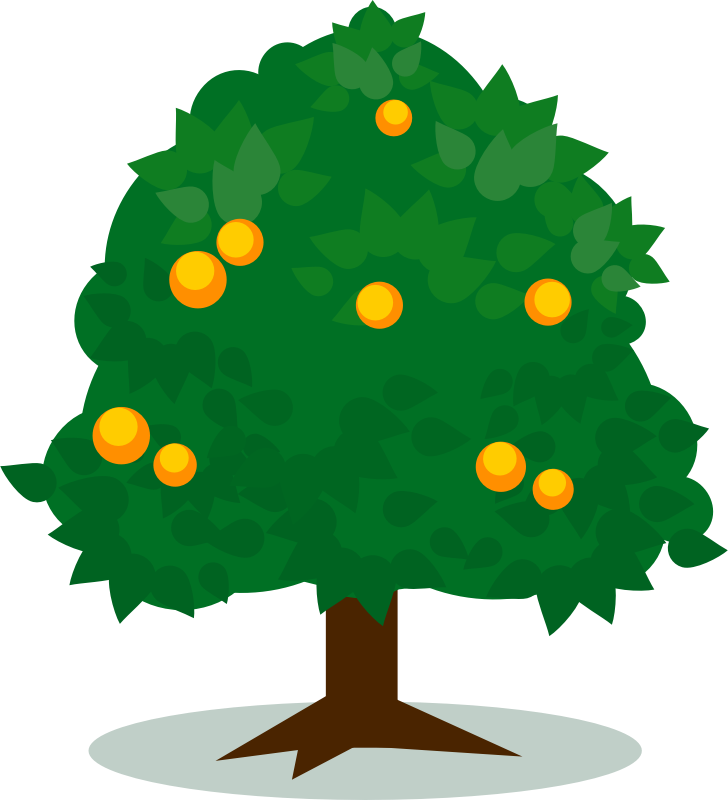Data Modelling Case Study / Example: EPANET (cont.) (#14)
This post looks further at EPANET as an example of data modelling. The EPANET water supply distribution modelling software is freely available for download with some example networks. A tutorial can also introduce new users to its use and help with understanding. There is no need for you to install this software or follow the [...]










